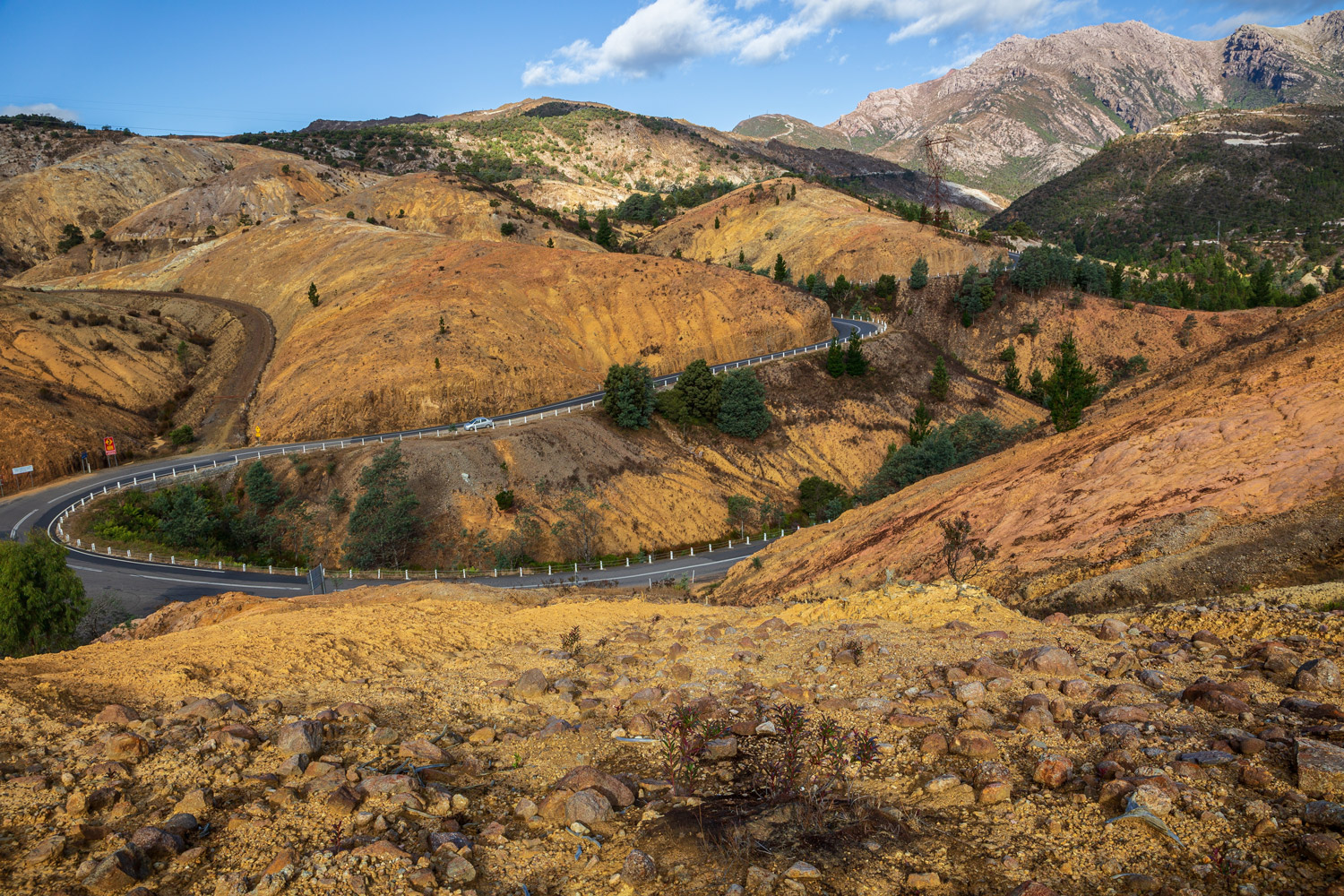Some 20 miles south, and 75 miles east, of the towns of Laverton and Leonora, the facility that would become the Mount Weld mine was built on the Mount Weld Central Lanthanide deposit. To this day, neighbouring deposits owned by Lynas remain undeveloped, including the Duncan, Crown and Swan deposits, as the central deposit garnered the most attention from the miner.
The deposit holds vast quantities of rare earths, with total reserves estimated at 19.5 million tonnes at a grade of 8.5%, figures, which would yield over 1.6 million tonnes of rare earth oxides. If figures from fellow Australian rare earths miner Arafura are to believed, which estimates that the global demand for rare earths will reach 231,000 tonnes by 2023, the Mount Weld mine could meet this demand eight times over by itself.
Lynas will be hoping that the mine can indeed live up to this potential, considering the vast investment made into the project. The company completed its feasibility study in March 2005, which estimated the total capex cost of beginning production at $680m (A$1bn), a staggering sum made all the more significant by the fact that there was less attention being paid to rare earths across the mining sector in the mid-noughties.
